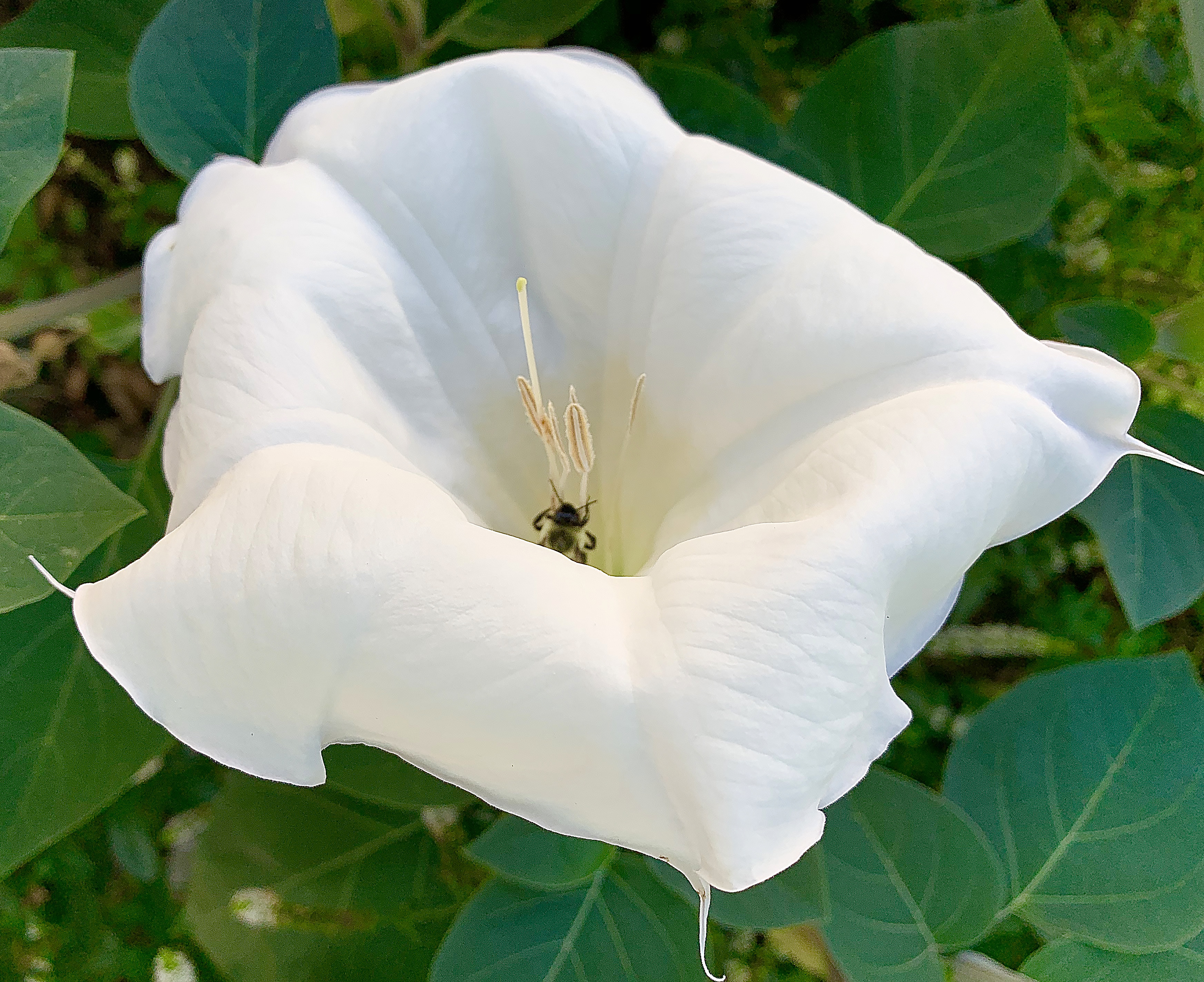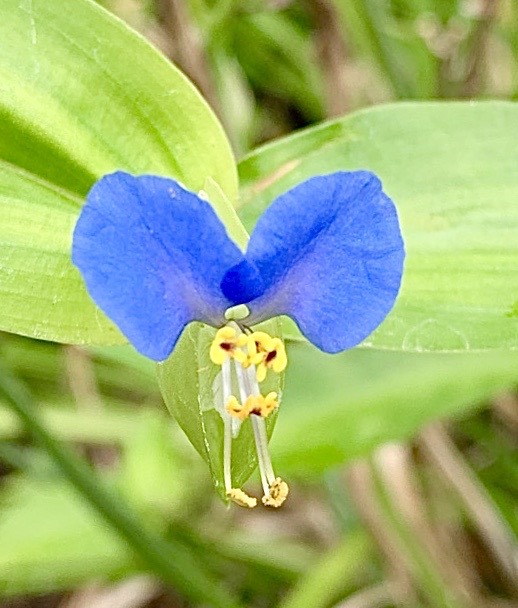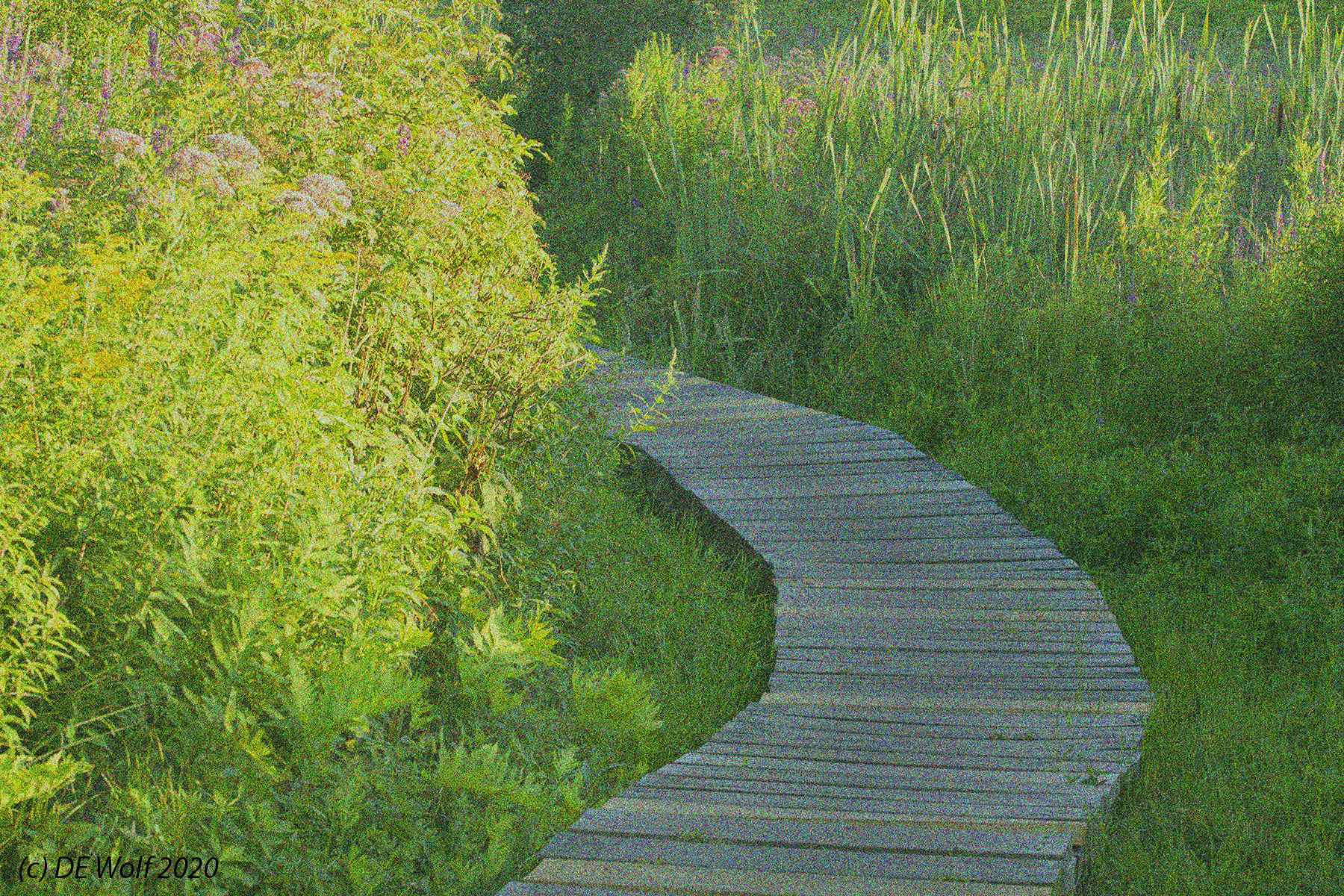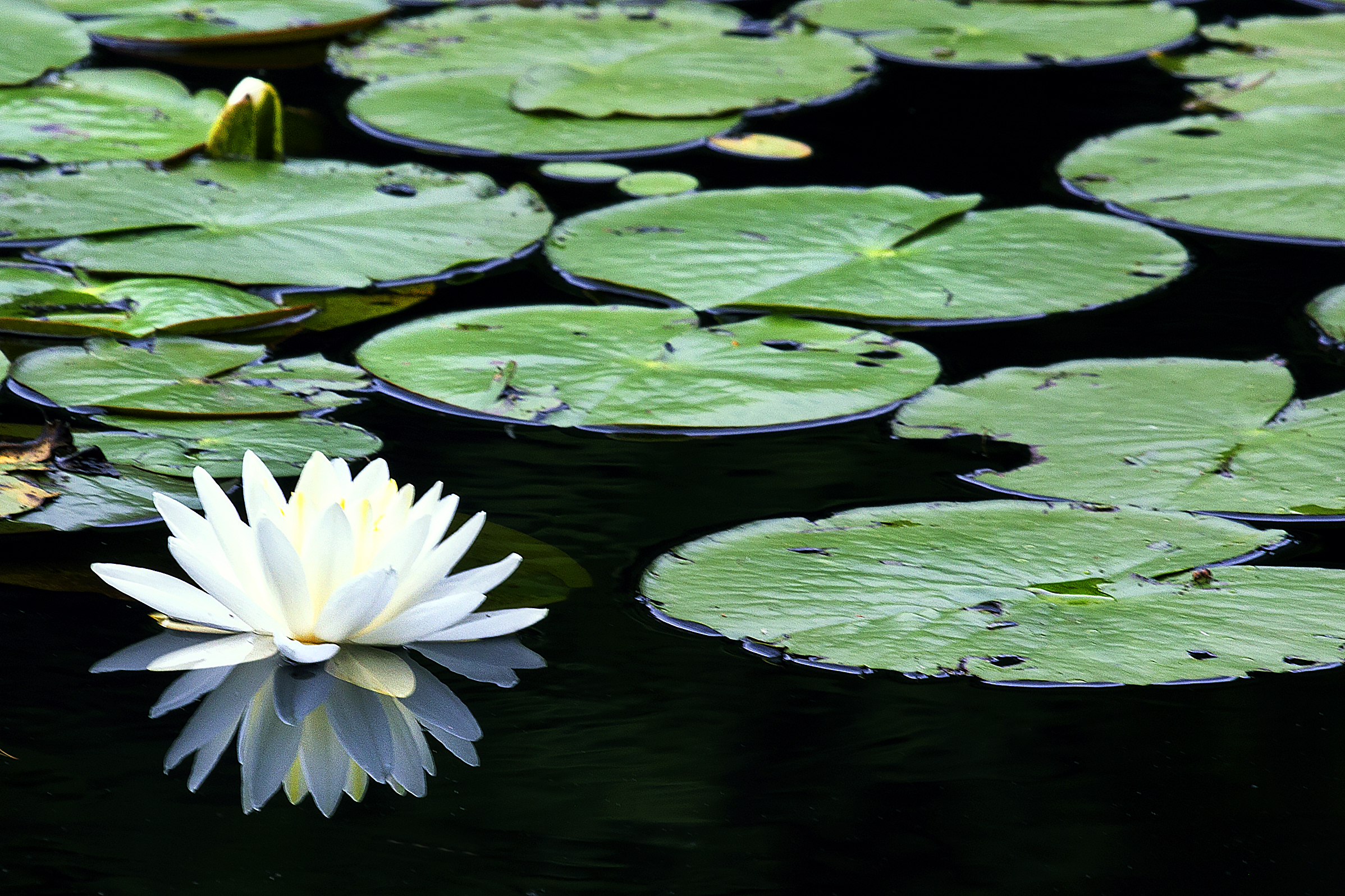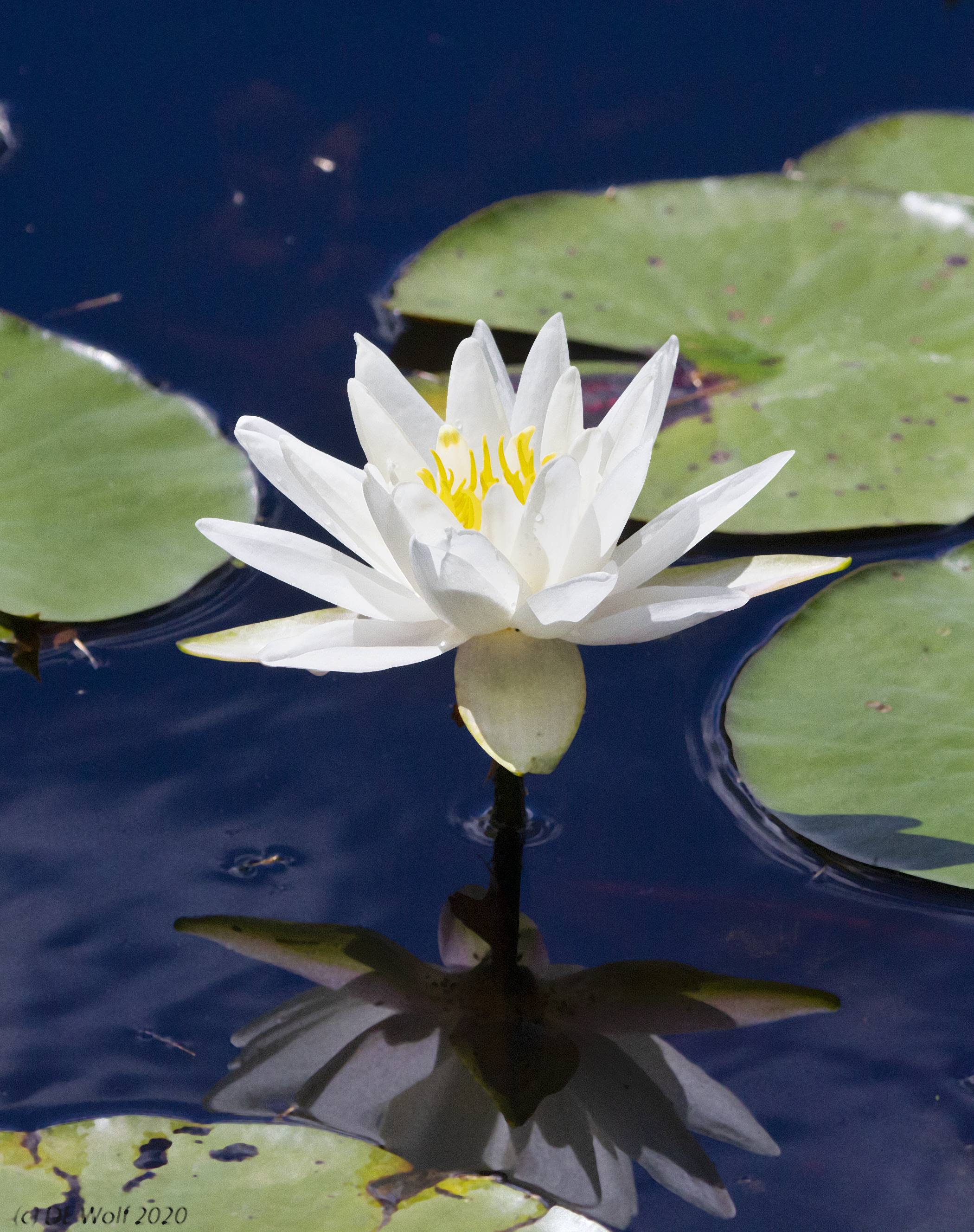
Figure 1 – Water lily as August fades. Asset River national Wildlife Refuge, Maynard, MA. (c) DE Wolf 2020.
We went to the Assabet River National Wildlife Refuge for the first time in over a year today, and I found this most perfect water lily complete with dark blue sky reflecting in the water. I has my big birding lens with me, which is always a cumbersome challenge, but note the well focussed water drop on one of the lily petals in the foreground.
Thoughts now fall to the end of summer and the coming of the glorious September light. I would say that September is the best time for photography, but the reality is that the best time is the moment, now! Today was the most perfect of days and I think this the most perfect water lily with its delicate reflection.
Canon T2i with EF 100-400 mm f/4.5-5.6 L IS USM lens at 210 mm, ISO 800 Aperture Priority AE Mode 1/3200 sec at f/7.1 with no exposure compensation.


